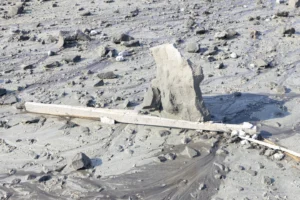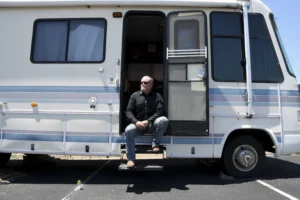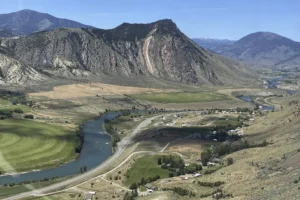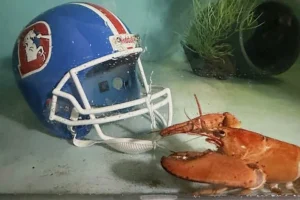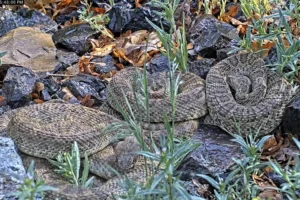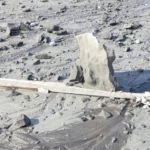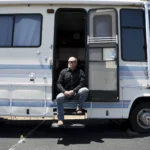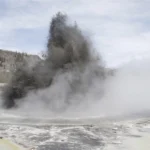FRIDAY FOCUS: Wrangling River Rats Just Comes With the Territory
David Cernicek has spent over two decades managing the Snake River—and it’s been quite a ride
- Published In: Other News & Features
- Last Updated: Sep 01, 2023
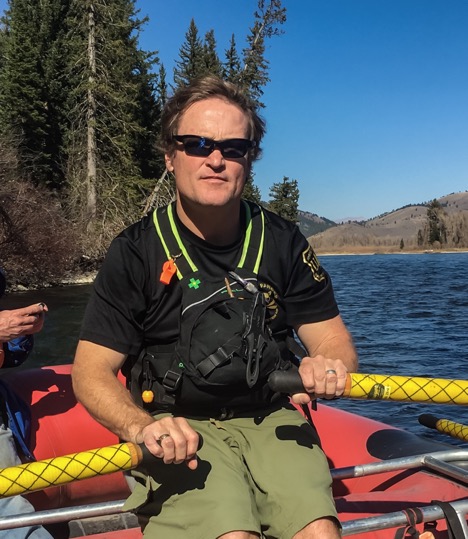
David Cernicek has over two decades of experience as the Wild and Scenic Rivers Coordinator for the Bridger-Teton National Forest. During his 22 years of service, he’s had plenty of adventures with wildlife, whitewater and unexpected visitor behavior. (Courtesy photo from David Cernicek)
By Melissa Thomasma
Special to the Wyoming Truth
If there’s one thing David Cernicek knows for certain, it’s that without engaged supervision and policy enforcement, 200,000 summertime users on the Snake River south of Jackson Hole could cause irreparable damage.
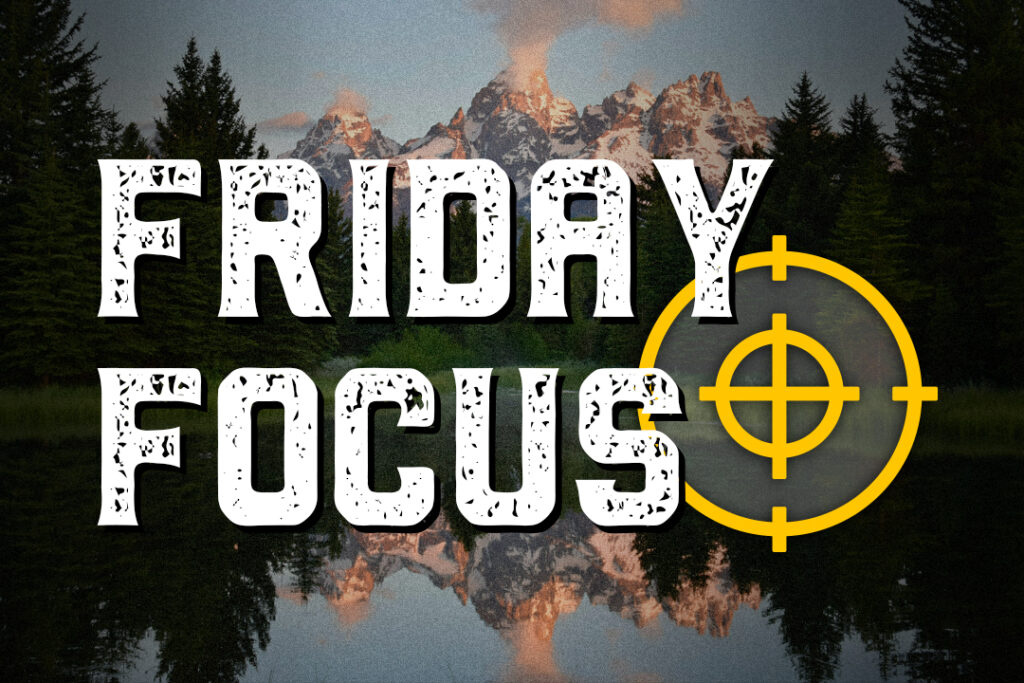
As the Wild and Scenic Rivers Coordinator for the Bridger-Teton National Forest, Cernicek, 54, has spent nearly two dozen years overseeing the use of the popular waterway and ensuring that its future is secure. In the span of his career, which began in 1999, he’s seen it all: the good, the bad and the ugly.
The Wild and Scenic Snake River, with headwaters in Yellowstone National Park, offers miles of free-flowing waterways suitable for whitewater rafting, kayaking, fishing and paddleboarding. As the overall number of visitors to the area expands each year — estimated by the Jackson Hole Travel & Tourism Board to have clocked 2.6 million total in 2022 — the pressure on the river and the forest-managed facilities at access points has ballooned. Cernicek’s research indicates that commercial operators bring up to 110,000 people down the whitewater segment of the riverand private users account for up to 70,000 more visitors each year.
Proposals for access fees beginning in 2024 have snagged headlines around Jackson Hole, and Cernicek, given his experience in the area, has a unique perspective on what might be downstream.
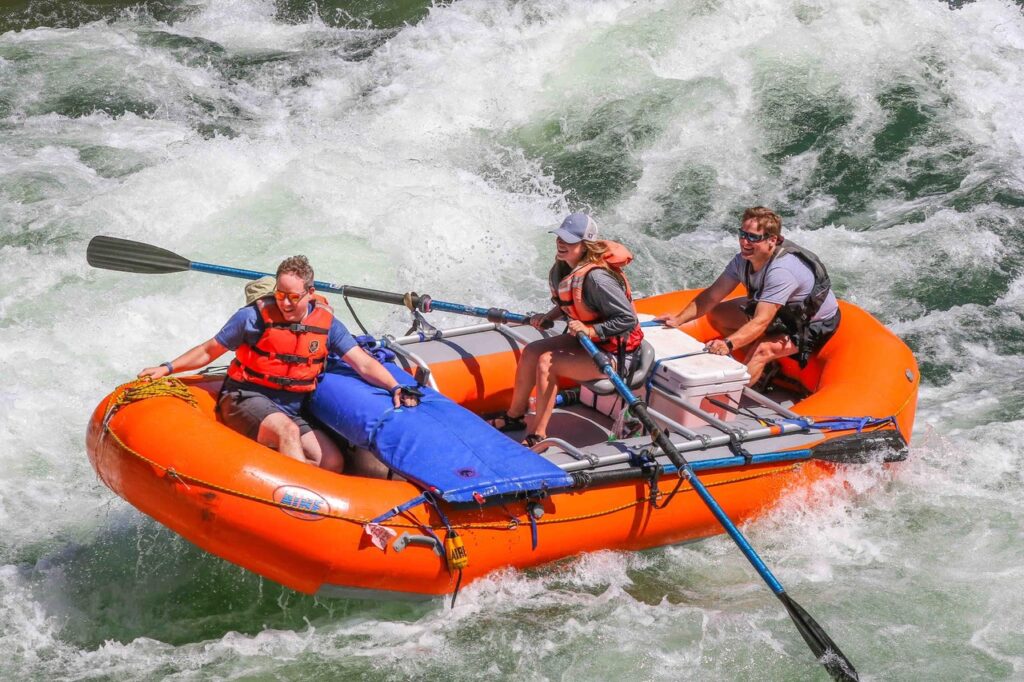
Cernicek developed a love of river rafting while growing up in Los Alamos, New Mexico. Heworked as a guide and river ranger across the West during his years attending North Carolina State University, where he earned an undergraduate degree in economics and a master’s degree in natural resource management. Cernicek delved deeper into the world of river management, finally landing his “dream job” in 1999: stewarding the Snake River in Jackson Hole.
The Wyoming Truth caught up with Cernicek to discuss what it’s like protecting the iconic river, what he has witnessed over the years and what the future of the river may look like. What follows are excerpts from the conversation.
You’ve been looking after the Snake River for over two decades. How has your role evolved?
Cernicek: In 2022, the National Forest broke my position into two separate full-time jobs. One focused on Wild and Scenic River (WSR) management and administration overseeing streams forest-wide. The other position focused on the Snake River Program and outfitter/guide management.
What was it like working on the Snake River every day?
Cernicek: While managing the Snake Program for 22 years, I likened summer days to riding a roller coaster. I’d sit and the bar would come down. For the next bunch of hours, the ride would go up, twist, spin upside down and take terrifying drops. Something would always come up. The Canyon [whitewater section] has a lot of moving parts, including accommodating and moving huge numbers people efficiently through an experience without many hiccups, a ranger crew that requires a lot of training and support to function, outfitter and guide supervision, emergency responses, enforcement needs, large group management and multi-agency and partner cooperation.
The summer is the only time to get much-needed project work done, and most things accomplished in the corridor that are funded by non-federal dollars that have to be solicited, contracted for, and later reported on with tight deadlines for the next season while completing and implementing the projects from the last season.
What makes the Snake River special or unique among the rivers you’ve worked on?
Cernicek: There are too many things to list that are special about this incredible watershed that’s part of the most amazing ecosystem on earth. The wildlife, fishery, geology, scenery, river features, fall colors and the joy it brings to so many are a few. I like that when the water levels change, some features disappear but others come out.
What are the best and worst parts of your job?
Cernicek: The best part of the job is having the opportunity to make the world a better place every day. The worst part is dealing with people who think it is OK to be verbally abusive and talking to families of drowning victims that didn’t have to be drowning victims if they’d only worn a life jacket.
Some of it is just crazy: I’ve broken up knife fights started by getting someone’s girlfriend wet in a water fight. I’ve blocked a Suburban trying to pull out onto the highway with an upside-down raft when I noticed little hands were holding it on. Seven little kids. Zero tie-downs.
Sounds like you’ve seen some wild human behavior throughout the years!
Cernicek: Without question. On the Stanislaus River, we had a section where folks would rent rafts for lazy floats. We started to get reports about a crazy man who would run out into the river butt naked, screaming and waving his arms. He’d only do it to rafts full of females. Weirdest thing. We tried really hard to find him. I did find his amazing trail system. We did floats with decoy rangers in drag, stakeouts, you name it. We never caught crazy naked man.
Pivoting back to the Snake River, can you tell me about the proposed new user feeof $3 per person per day or $40 per person for the season that is going to be implemented in the canyon next year? How did the Bridger-Teton National Forest make this decision?
Cernicek: The river program for the last 20-plus years has been paid for primarily through grants, voluntary whitewater outfitter donations, partners and outfitter fees retained by the Forest. Those monies aren’t adequately covering the river program infrastructure and services anymore. It’s not a taxpayer-funded program as some believe. We provide — or provided until we couldn’t afford to — a lot of services other rivers do not. We also have over a $2 million backlog of deferred maintenance and needed replacement infrastructure. Many rivers have fees in different shapes and sizes, including upstream in the park and downstream on the South Fork. Fees are pretty common.
How have people responded to the plan?
Cernicek: Nobody wants to pay for something that used to be free, but most folks have been very supportive. I didn’t expect that. Even the unsupportive people have shared some innovative helpful ideas. We are getting very productive comments, concerns and viewpoints that will guide how our final product looks when it comes out. Big concerns have been shared on equity, methods of collection [per person/vehicle, boat], enforcement and process on how to pay fees.
Looking ahead, what hopes do you have for the future of the waterway?
Cernicek: The river is protected by the Wild and Scenic Rivers Act, so it has a brighter future than many other rivers when it comes to development and future proposed projects and impacts. My biggest concern is climate. We’ve been seeing changes for a while now. Rivers are lower, and water temperatures are much higher during late season. These changes take a toll on the fishery and water quality. My hope is for the Snake to remain vital for as long as possible.

